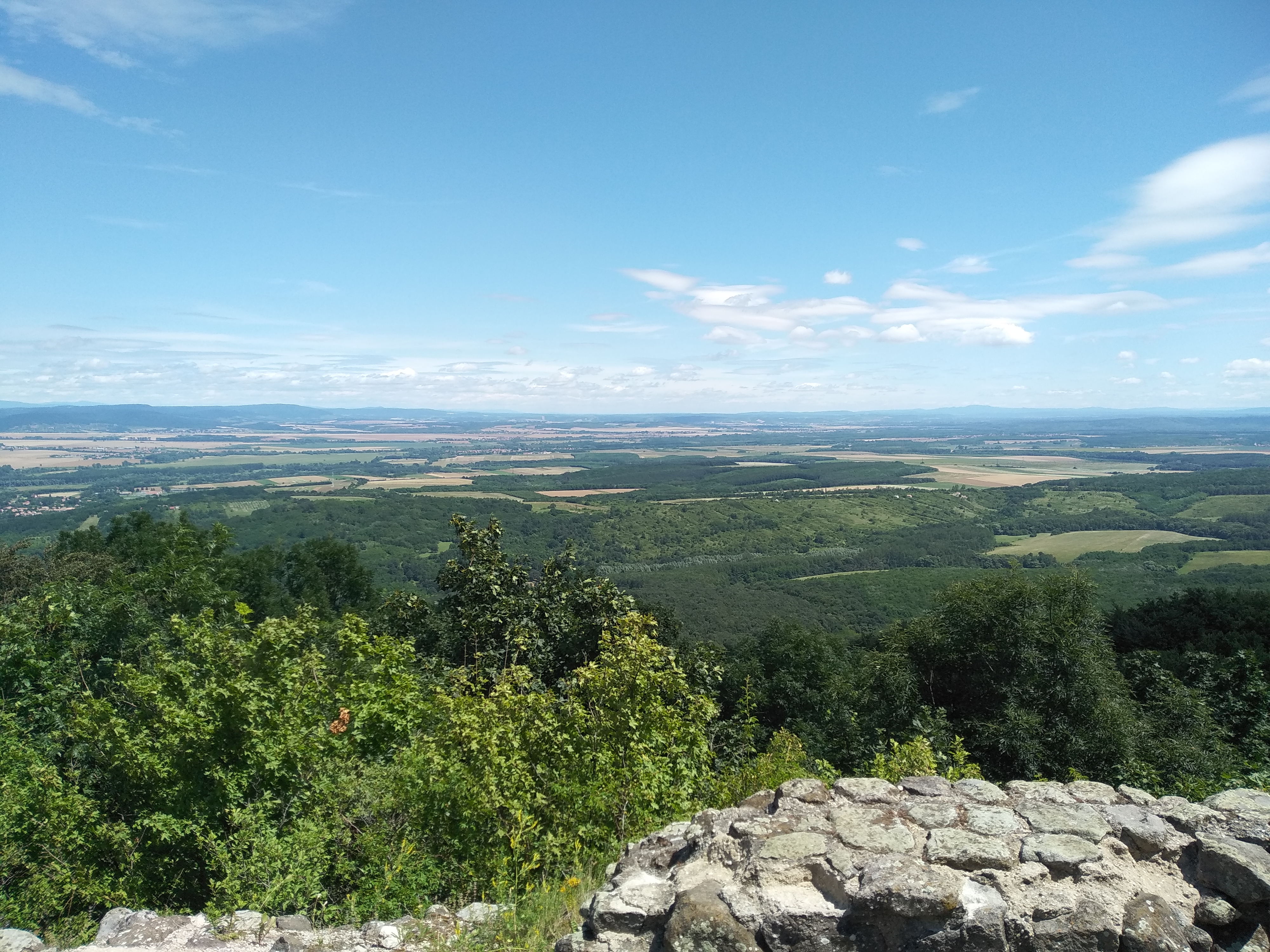SaveGREEN - Introducing the first experimental area, the Nógrád-Novohrad pilot site
19-11-2021
Let us guide you along a virtual trip through the breath-taking scenery of the Novohrad-Nógrád green infrastructure (GI) pilot area, which straddles a border area between Hungary and Slovakia. At this ‘blue corridor’ crossing you need a boat to cross from one side of the river – known in Slovakia as the Ipeľ, in Hungary as the Ipoly – to the other.

Pilot area map - Eszter Sebestyén CEEweb
On the Slovakian side, the pilot area intersects with Poľana Protected Landscape Area – a UNESCO Biosphere Reserve. Also of interest, the Novohrad-Nógrád area is one of the last remnants of the Pannonian and Carpathian Ecoregions, both of which contain endemic flora and fauna and are home to a handful of rare Mediterranean species. The area’s diverse landscape features grasslands, an intricate network of hills and small creeks, and several species of submontane flora.


Hungarian side: Pilot area of west Nógrád basin © András Weiperth, MATE; Slovakian side: Ecodukt in High Tatras © NDS
In our previous article, we discussed the importance of ecological connectivity. Just as humans do, animals need to move freely through landscapes to live their lives. Obstacles that prevent them from free movement, and which disrupt the ecological connectivity of their territory, are mostly manmade. In the Novohrad-Nógrád pilot area, these include settlement expansions and linear transport infrastructure, such as roads, highways and railways. There are, however, effective wildlife safety measures to help animals overcome obstacles, such as green bridges and different types of overpasses and underpasses. Road fencing and the use of warning signs can also be used to prevent wildlife fatalities involving motor vehicles.
That being said, we also need a complex, multi-sectoral preventive approach towards spatial planning in order to protect migration corridors. Also needed are plans for wildlife protection measures to improve depleted areas.
Fortunately, the respective laws and regulations of Slovakia and Hungary regarding the Novohrad-Nógrád area are quite closely harmonised. Both countries understand the ‘what’ and the ‘why’ – we now just need to work on the ‘how’. The National Ecological Network includes core areas, buffer zones and ecological corridors, as per the legislation and spatial planning systems of both countries. Involving different sectors’ stakeholders is thus crucial for a successful cooperation. You can learn more about current stakeholder involvement and working-group meeting results here.
Working out cooperative solutions in the context of unique points of view is a major challenge that comes with managing a transboundary pilot area. In this case, the Slovakian partners are responsible for forestry and non-vertebrate species, while the Hungarian partners are focused on a water-management approach and aquatic and semi-aquatic species. The partners share responsibility for increasing local stakeholder engagement, supporting activities to provide long-term action, and developing an operational plan.
This is a region that contains a treasure of natural wealth: it includes large carnivores (bear, wolf and lynx) and other protected mammals (Eurasian otter, wildcat); there is also a rich presence of bats, birds, reptiles and invertebrates – but many are rare species. Ecological connectivity on a European scale is, therefore, essential. Without the interconnection of various populations, there is a risk of extinction for these marvellous species.

Lynx in High Tatras SK © Tomas Hulik
Our Slovakian and Hungarian partners (WWF Slovakia, SPECTRA and Hungarian University of Agriculture and Life Sciences) are working to create a scientific background that can give an additional level of support to protection efforts, both in terms of future bilateral cooperation and inbound inter-sectoral partnerships.
Check out our informative 2 pager factsheets about the pilot area here.
The next stop on our virtual tour is Austria, so stay tuned for the next article!
Follow our social media channels on Facebook and Twitter to stay updated, or subscribe to our newsletter to gain project insights! Save nature: SaveGREEN!
Author: Eszter Sebestyén (CEEweb)
Contributed by: Dr.András Weiperth (MATE University), Dr. Gabriella Nagy (CEEweb)
